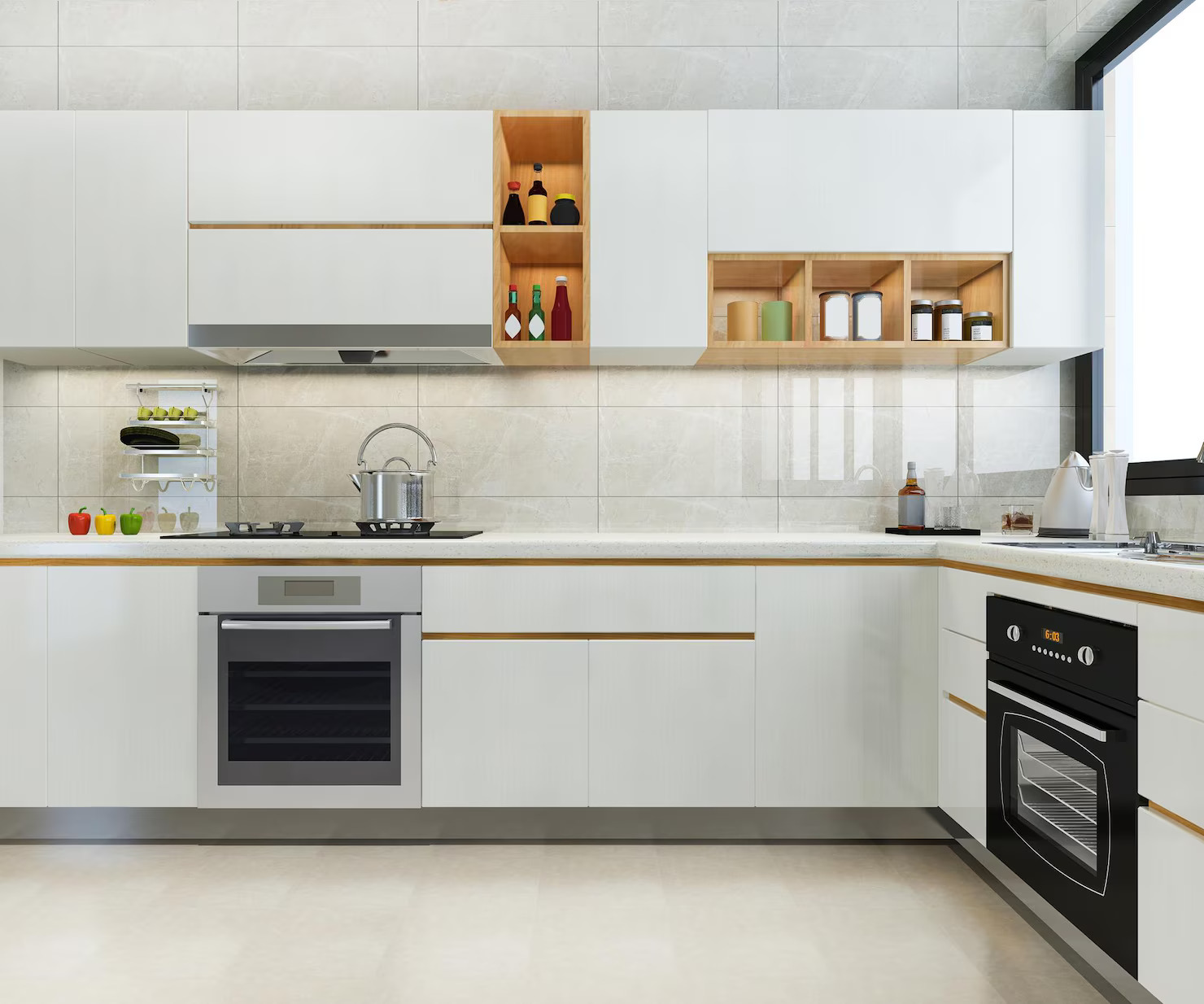 SHARE
SHARE
Kitchen Equipment and Utensils: What's the Difference? Listen to the explanation!
Briantama Afiq Ashari
Have you ever felt confused about the difference between kitchen equipment and utensils?
Many people think the two are the same, even though their functions are different.
If you want to design a restaurant kitchen, understanding these differences is very important.
Kitchen equipment is the main equipment used to support the cooking process on a large scale.
Meanwhile, utensils refer to small tools that help with the food preparation process.
Without the right kitchen equipment, kitchen operations can be disrupted. Apart from that, choosing the right kitchen equipment can also help the kitchen team work more quickly and efficiently.
So, now, let's find out more about kitchen equipment and utensils and how to choose the best ones for your culinary business!
What is Kitchen Equipment?
For those of you who are new to the culinary world, you may be wondering, what exactly is kitchen equipment?
As mentioned above, kitchen equipment refers to large equipment.
Well, this large equipment is used in restaurant kitchens or other professional kitchens.
These tools are designed to make the cooking process easier, process large amounts of food, and maintain kitchen efficiency.
So that you understand better, let's look at some examples of kitchen equipment that are commonly used in restaurants, namely:
- Stoves and ovens: Used for cooking and baking food on a large scale.
- Deep fryer: A special tool for frying food in large amounts of oil.
- Grill and salamander: Grill meat, fish or other foods to perfection.
- Chiller and freezer: Store food ingredients so they stay fresh and last longer.
- Dishwasher: Makes it easier to wash plates, glasses and other kitchen utensils.
Without adequate kitchen equipment, a restaurant kitchen can be overwhelmed by handling large orders.
Therefore, selecting the appropriate tool greatly influences the smooth operation.
Read Also: Get to Know the Meaning of Expired: Definition, Examples and Complete Explanation!
What is Utensil?
After discussing kitchen equipment, now is the time to get to know utensils. Utensils are small utensils used in food preparation and serving.
Even though the size is smaller than kitchen equipment, the role of utensils is still crucial in a restaurant kitchen. So, some examples of commonly used utensils are:
- Kitchen knife: Used to cut various types of food ingredients.
- Cutting Board: A supporting tool for cutting and preparing food ingredients.
- Spatulas and ladles: Help stir and serve food.
- Whisk: Used to beat dough or eggs.
- Strainer and grater: Makes the process of filtering and processing food ingredients easier.
The main difference between kitchen equipment and utensils lies in their function.
Kitchen equipment is used for cooking on a large scale, while utensils help in preparing and serving food.
If you want your restaurant kitchen to run more efficiently, make sure you have the right combination of kitchen equipment and utensils.
Why Must Kitchen Equipment and Utensils be Managed Well?
Source: Freepik
Many restaurants experience operational problems simply because they do not pay attention to kitchen equipment and utensil management.
Equipment that is not managed properly can hamper the work of the kitchen team.
Apart from that, this also has an impact on food serving time. So, here are several reasons why kitchen equipment and utensil management is very important:
1. Increase Operational Efficiency
If kitchen equipment is well organized, the cooking process will be faster.
Kitchen equipment such as ovens and stoves must be in optimal condition so as not to interfere with food production.
2. Saves maintenance costs
Equipment that is well maintained can last longer. Without routine maintenance, kitchen equipment can quickly become damaged and cause expensive repair costs.
3. Maintain safety in the kitchen
Mistakes in using kitchen equipment can be high risk. For example, a deep fryer that is not maintained can cause a fire, or a dull knife can be more dangerous than a sharp knife.
4. Ensure Consistency of Food Quality
With equipment that is always in good condition, food can be served with consistent quality.
Good kitchen equipment management also helps in maintaining cleanliness and efficient work time.
Read Also: Check out 5 Secrets & Ways to Make Your Restaurant Successful!
How to Choose the Right Kitchen Equipment for a Restaurant
Source: Freepik
Now, let's discuss how to choose the right kitchen equipment. Because this can be a challenge in itself, you know! So, here are some tips that you can consider:
1. Adjust to Business Scale
Restaurants with a large number of customers certainly need kitchen equipment with a larger capacity than small cafes.
2. Choose durable materials
Make sure kitchen equipment is made from durable materials such as stainless steel so that it is more durable and easy to clean.
3. Choose Energy Efficient Equipment
Some modern kitchen equipment has energy-saving features that can reduce operational costs in the long term.
4. Pay attention to the warranty and after-sales service
A guarantee is important to ensure you can get repair services if damage occurs. By choosing the right kitchen equipment, restaurant operations can run more efficiently and without obstacles.
Conclusion
Now you understand that kitchen equipment is an important element in a professional kitchen, while utensils focus more on small tools for food preparation.
Selecting and managing kitchen equipment and utensils well can increase restaurant operational efficiency. So, if you want to be more optimal, support your kitchen with a digital system.
For example, like ESB Kitchen — why? Because it helps your operations run more smoothly and without obstacles. Let’s boost your restaurant kitchen’s efficiency — consult with the ESB Team today!
 SHARE
SHARE





